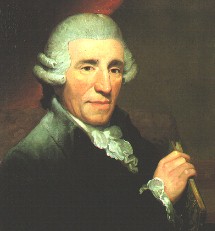It's No Housework Day - so here are ten quotes about housework:
- Cleaning anything involves making something else dirty. Laurence Peter
- I hate housework. You make the beds, you do the dishes and six months later you have to do it all over again. Joan Rivers
- A clean house is a sign of a wasted life.
- Few tasks are more like the torture of Sisyphus than housework, with its endless repetition: the clean becomes soiled, the soiled is made clean, over and over, day after day. Simone de Beauvoir
- The way to avoid housework is to live outside. Sandra Blacksmith
- A house unkempt cannot be so distressing as a life unlived. Rose Macaualay
- A man would rather come home to an unmade bed and a happy woman than to a neatly made bed and an angry woman. Marlene Dietrich
- There’s no real need to do housework. After four years it doesn’t get any worse.
- Remember - dust is a protective coating for furniture!
- If you don’t clean your house for two months, it doesn’t get any dirtier. Quentin Crisp
















